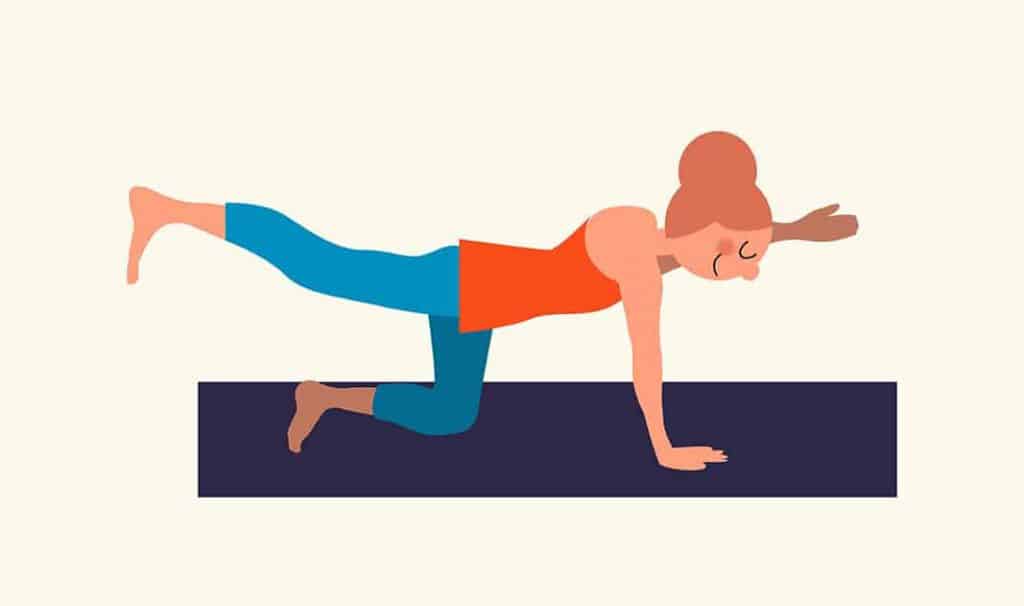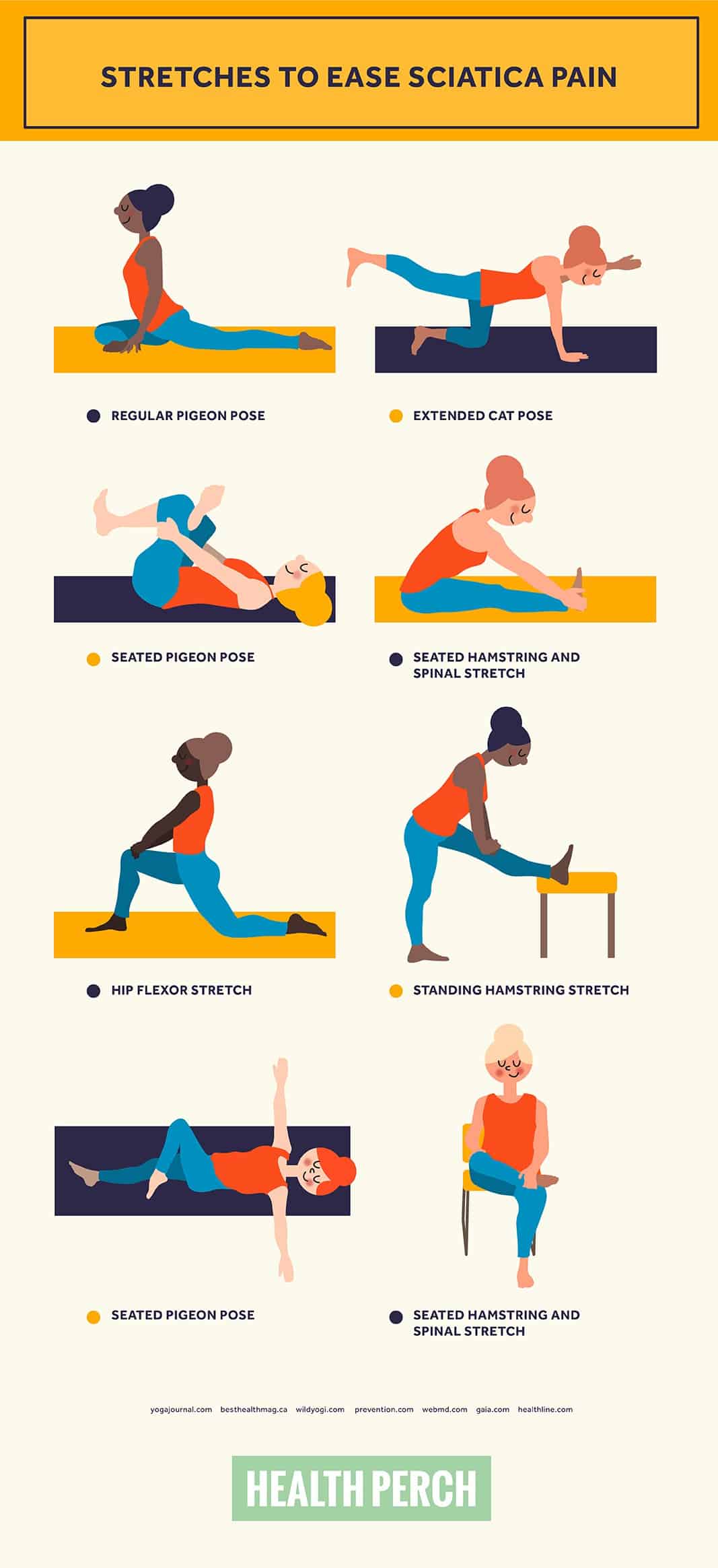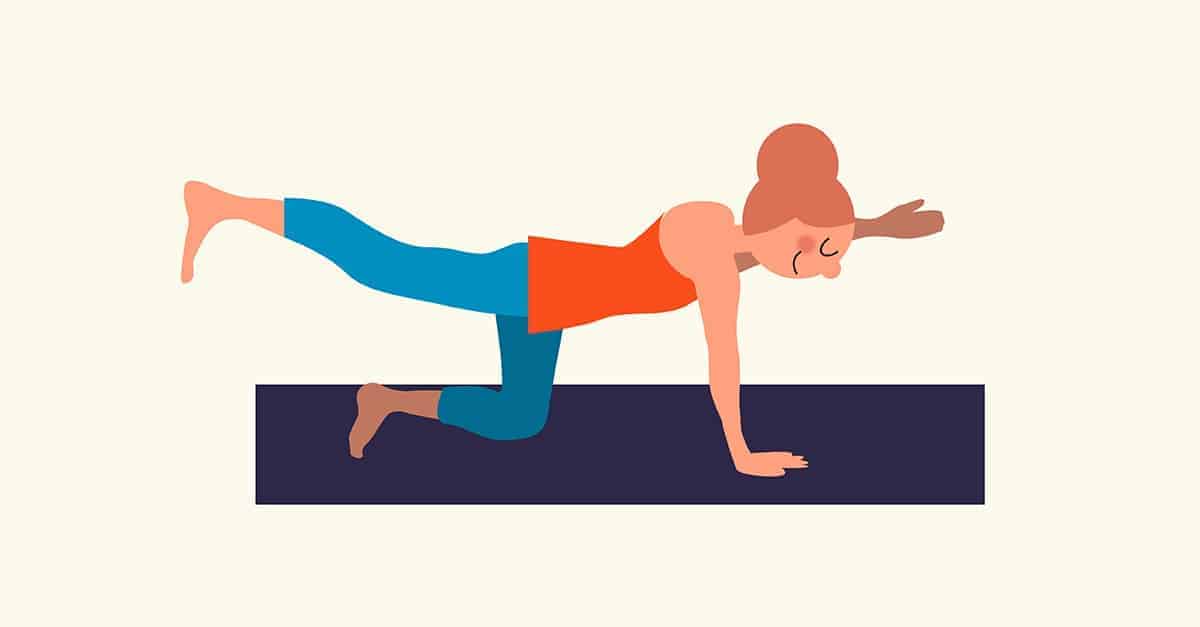
Got sciatica pain? You’re not alone.
Nearly 40 percent of people will experience sciatica pain at some point in their lives, and the issue becomes more common as people age.
While sciatica can be a pain in the butt (literally), you’re not powerless against this issue. Let’s take a close look at what sciatica is and what causes it, and discover several proven strategies to help you enjoy relief from nagging sciatic nerve pain.
What is Sciatica?
Many people think sciatica is a condition, but it’s actually a symptom that stems from many issues.
Sciatica pain occurs somewhere on or follows the path of the sciatic nerve. This long nerve runs from the lower back through the hips and buttocks and down each leg. Here are some characteristics of sciatica pain:
- It typically occurs only on one side of the body.
- It can come on suddenly or develop gradually over time.
- It may feel like an intense leg cramp, a “pins and needles” sensation in the leg, or shooting pain that interferes with your ability to sit or stand comfortably.
- The intensity of the pain may vary depending on your position or activity.
- In rarer cases, sciatica makes it hard to bend at the knee or move the foot and toes.
While sciatica can be uncomfortable, the pain typically goes away over time. The Cleveland Clinic estimates that around 80 to 90 percent of people with sciatica improve without surgery. Approximately 50 percent of sciatica sufferers feel better after six weeks.
What Causes Sciatica?
Sciatica can be brought on by these possible causes, most of which involve a pinched nerve in the lower spine.
- A herniated or slipped disc, which can place pressure on nerves
- A bone spur on the spine
- Degenerative disc disease
- Injuries that affect the lower spine, such as a pelvic fracture
- Piriformis syndrome, when the piriformis muscle (a small muscle in the buttocks) tightens or spasms, irritating the sciatic nerve
- Pregnancy-related back strain
- Spinal stenosis, a condition that’s characterized by a narrowing of the spinal canal
- Accidents or falls that cause one of the above conditions
Sciatica may be more likely among people who are older, obese, have diabetes, work in occupations that require twisting the back or carrying heavy loads, or spend a lot of time sitting.
In most cases, a doctor can diagnose the underlying condition causing sciatica by doing a physical exam and taking a medical history. Sometimes, doctors use X-rays, MRIs, CT scans, electromyography, or a myelogram to help make a diagnosis.
How to Relieve Sciatica Pain
You can’t necessarily prevent sciatica, and it can reoccur. That said, you have several options for relieving sciatica pain—no matter whether this is your first or fifth time experiencing this symptom. Here are several options that can support your recovery.
- Patience
When you’re in pain, it’s normal to want to do something to address it. But when it comes to sciatica, a “wait and see” approach is often effective because most cases improve with time.
- Gentle movement
If you’re experiencing acute, intense pain, then it’s a good idea to rest. But in general, gentle movement may speed up your recovery. With your doctor’s approval, take short walks, use a standup desk for work, engage in gentle exercises, and adopt a stretching routine as detailed below.
- At-home stretching
Many people find relief from sciatica pain with the help of a gentle stretching routine. Take a yoga class at your local gym or studio or stretch at home.

Everyone’s body is different, and not everyone will find relief from the same poses. Don’t push through pain, and talk to a physical therapist or doctor about the stretches best suited to your particular condition.
- Heating pads or ice packs
Even though heat and cold may seem like opposites, they can both help reduce pain. If an injury caused your sciatica, apply an ice pack for 20 minutes a few times a day for the first 72 hours after the injury. If you’ve already iced the injury for three days or if an acute injury didn’t cause your sciatica, apply a heating pad, which can also provide relief.
- Foam rolling
You can buy a foam roller, a large, cylindrical roller made of compressed foam, at most sports stores. Roll your hips and thighs over the roller to relieve tight muscles, such as the piriformis, which may reduce pressure on the sciatic nerve. To get started, sit on the ground with the roller beneath your thighs, and roll your buttocks, thighs, and calf muscles over the roller for one minute each. Turn onto your side and roll your hips and thighs over the roller, then repeat the same movement on the other side. Finally, turn onto your belly, and roll the front of your thighs from your lower abdominal muscles to your knees. Foam rolling doesn’t always feel good while you’re doing it, but it may provide relief afterward.
- Massage
Getting a massage can help relieve the stress of dealing with an uncomfortable medical condition, relax tight muscles, and boost circulation, all of which can speed up healing.
- Medications (OTC and prescription)
Over-the-counter pain relievers such as ibuprofen and naproxen may help reduce inflammation and relieve pain.
In more severe cases, your doctor may recommend a prescription medication such as muscle relaxants, prescription-strength anti-inflammatories, or antidepressants to help lessen the perception of pain.
- Physical therapy
If home remedies don’t provide relief, talk to your doctor about getting a referral to a physical therapist. A physical therapist can help you address postural issues that may contribute to sciatica and recommend an exercise routine to help stretch and strengthen muscles that support the low back.
- Spinal Injections
If it’s taking a long time for you to heal, your doctor may suggest you get an injection of anti-inflammatory medication in your lower back. A spinal injection can reduce inflammation around the nerve roots to improve mobility and provide short-term pain relief.
- Surgery
Don’t worry: Few people with sciatica require surgery. But your doctor may recommend surgery if your symptoms get steadily worse, you experience severe pain, and you don’t respond to other treatments.
Doctors perform two types of surgery for sciatica. In a microdiscectomy, a surgeon removes fragments of a herniated disc. In a laminectomy, a surgeon removes a bone that puts pressure on the sciatic nerve.
Get Well. Stay Well.
Once you’ve recovered from a bout of sciatic pain, adopt the following habits to reduce your risk of the condition reoccurring.
- Exercise regularly. Focus on exercises that strengthen the back and abdomen. Use correct form and proper techniques when strength training to avoid straining the back.
- Practice good posture when standing, sitting, and exercising to reduce strain on your lower back.
- Avoid sitting for prolonged periods. If you work at a desk or drive a lot, take frequent breaks to stand up and move around.
- Quit smoking. Cigarette use increases the risk of disc degeneration.
Dealing with pain can be stressful, so you may benefit from practicing stress management techniques while you’re coping with sciatica. Meditate, do deep breathing exercises, listen to calming music, and try other relaxation methods to help you address the mental challenges of dealing with sciatica’s nagging pain. The good news is by adopting the practices outlined here, you should be feeling like yourself again in no time.
